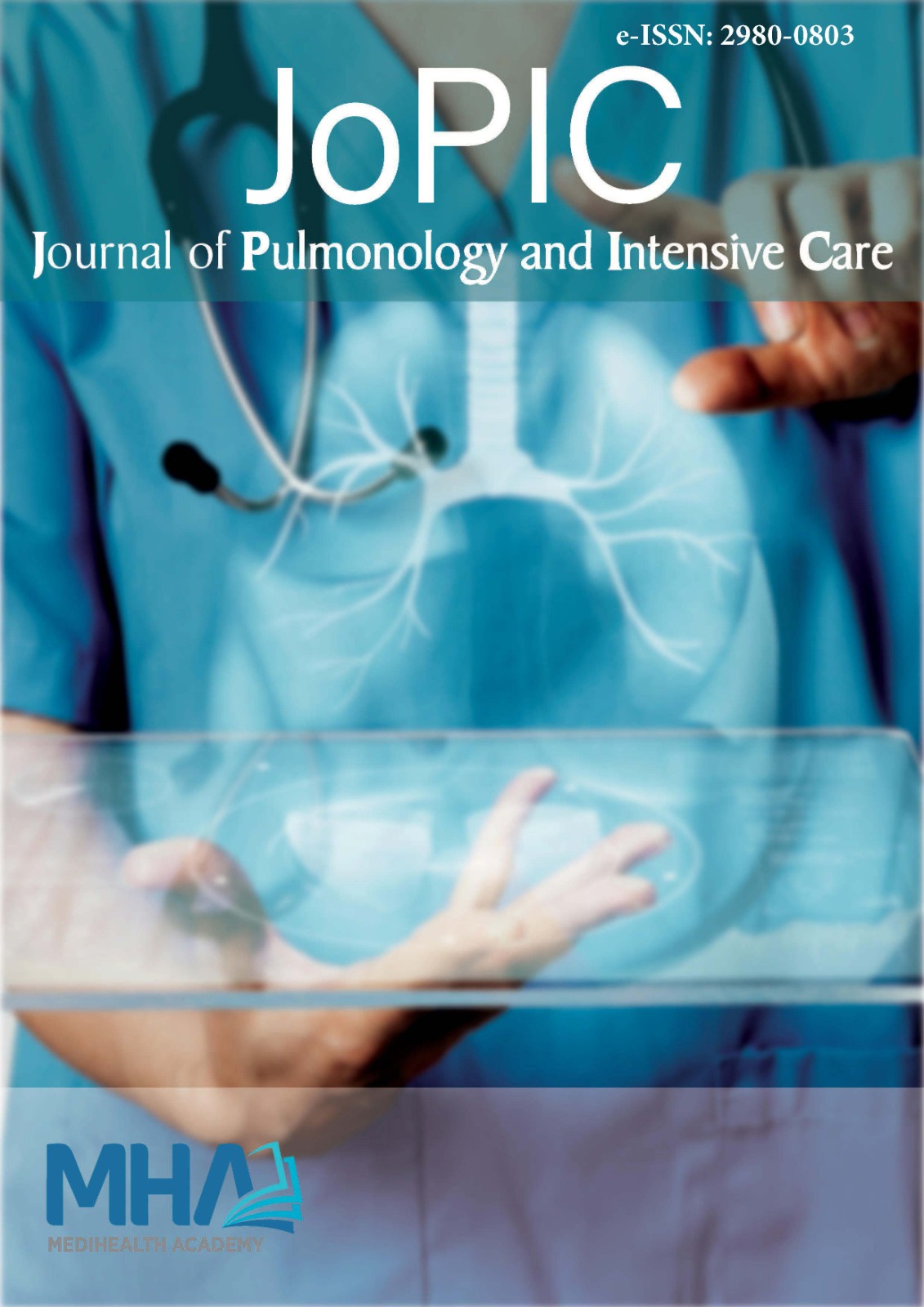1. European Committee on Antimicrobial Susceptibity Testing(EUCAST). EUCAST Clinical Breakpoint Table Version 10.0, ValidFrom 2020-01-01. Basel: EUCAST, 2020. http://www.eucast.org/clinical_breakpoints
2. Can B, Aydın S, Öngen B, Gürler N. Kateter örneklerinden izole edilenmikroorganizmalar ve antimikrobik maddelere direnç durumları.ANKEM Derg. 2005;19(1):22-24.
3. Hakyemez İN, Küçükbayrak A, Akdeniz H. Damar içi kateterinfeksiyonlarına güncel yaklaşım. Abant Med J. 2012;1(2):94-98.
4. Beekmann SE, Henderson DK. In: Bennet JE, Dolin R, Blaser MJ,editors. Mandell, Douglas, and Bennett’s Principles and Practice ofInfectious Diseases 9th ed. 2020. p.3560-3575.e7.
5. Walz JM, Memtsoudis SG, Heard SO. Prevention of central venouscatheter bloodstream infections. J Intensive Care Med. 2010;25(3):131-138. doi:10.1177/0885066609358952
6. Mermel LA, Farr BM, Sherertz RJ, et al. Guidelines for the managementof intravascular catheter-related infections. Clin Infect Dis.2001;32(9):1249-1272. doi:10.1086/320001
7. Pitiriga V, Kanellopoulos P, Bakalis I, et al. Central venous catheter-related bloodstream infection and colonization: the impact of insertionsite and distribution of multidrug-resistant pathogens. AntimicrobResist Infect Control. 2020;9(1):189. doi:10.1186/s13756-020-00851-1
8. Pandit P, Sahni AK, Grover N, Dudhat V, Das NK, Biswas AK.Catheter-related blood stream infections: prevalence, risk factorsand antimicrobial resistance pattern. Med J Armed Forces India.2021;77(1):38-45. doi:10.1016/j.mjafi.2019.07.002
9. Bell T, O’Grady NP. Prevention of Central Line-Associated BloodstreamInfections. Infect Dis Clin North Am. 2017;31(3):551-559. doi:10.1016/j.idc.2017.05.007
10. Erdem H, Dizbay M, Karabey S, et al. Withdrawal of Staphylococcusaureus from intensive care units in Turkey. Am J Infect Control.2013;41(11):1053-8. doi: 10.1016/j.ajic.2013.01.041
11. Durdu B, Kritsotakis EI, Lee ACK, et al. Temporal trends and patternsin antimicrobial-resistant Gram-negative bacteria implicated inintensive care unit-acquired infections: A cohort-based surveillancestudy in Istanbul, Turkey. J Glob Antimicrob Resist. 2018;14:190-196.doi:10.1016/j.jgar.2018.04.015
12. Senbayrak Akcay S, Inan A, Cevan S, et al. Gram-negative bacillicausing infections in an intensive care unit of a tertiary care hospital inIstanbul, Turkey. J Infect Dev Ctries. 2014;8(5):597-604. Published 2014May 14. doi:10.3855/jidc.4277
13. Ogutlu A, Guclu E, Karabay O, Utku AC, Tuna N, Yahyaoglu M. Effectsof Carbapenem consumption on the prevalence of Acinetobacterinfection in intensive care unit patients. Ann Clin Microbiol Antimicrob.2014;13:7. doi:10.1186/1476-0711-13-7
14. Ergönül Ö, Aydin M, Azap A, et al. Healthcare-associated Gram-negative bloodstream infections: antibiotic resistance and predictorsof mortality. J Hosp Infect. 2016;94(4):381-385. doi:10.1016/j.jhin.2016.08.012
15. Hatipoğlu ÇA, İpekkan K, Oral B, Önde U, Bulut C, Demiröz AP.Yoğun bakım ünitelerinde gelişen kateter ile ilişkili kan dolaşımıenfeksiyonlarının tanısında kullanılan yöntemlerin değerlendirilmesi.Mikrobiyoloji Bülteni 2011; 45(1):75-85.
16. Oncü S, Ozsüt H, Yildirim A, et al. Central venous catheter relatedinfections: risk factors and the effect of glycopeptide antibiotics. AnnClin Microbiol Antimicrob. 2003;2:3. doi:10.1186/1476-0711-2-3
17. Sarı N. Erol Ç, Hızel K. Yoğun bakım ünitelerinde santral venöz kateterilişkili kan dolaşımı infeksiyonu sıklığı, mikrobiyolojik etkenleri,antibiyotiklere duyarlılıkları ve risk faktörlerinin belirlenmesi. Turk JClin Lab. 2021; 4: 404-408.
18. Aktaş E, Sarı EN, Seremet Keskin A, Pişkin N, Külah C, CömertF. Damar içi kateter ile ilişkili enfeksiyon etkenleri ve antibiyotikduyarlılıkları. Mikrobiyol Bul. 2011;45(1):86-92.
19. Bekçibaşi M, Dayan S, Aslan E, Kortak MZ, Hoşoğlu S. Risk factorsfor central venous catheter-related bloodstream infections. Infez Med.2019;27(3):258-265.
20. Çam B, Ulu kılıç A. Erişkin hematoloji ve kemik iliği transplantasyonu(KİT) ünitelerinde yatan hematolojik maligniteli hastalarda gelişen kandolaşımı enfeksiyonlarının incelenmesi. Kırşehir Ahi Evran ÜniversitesiSağlık Bilimleri Enstitüsü Dergisi. 2020; 1(3): 158-169.

